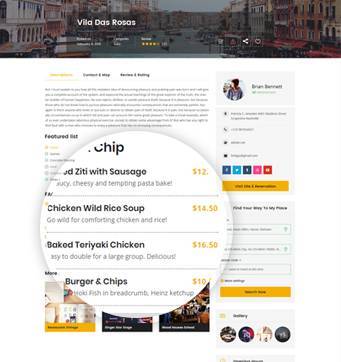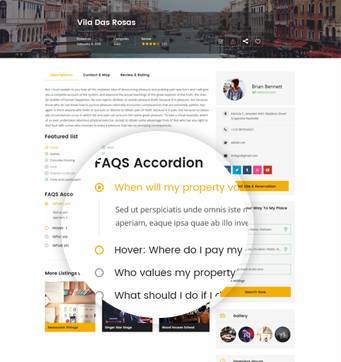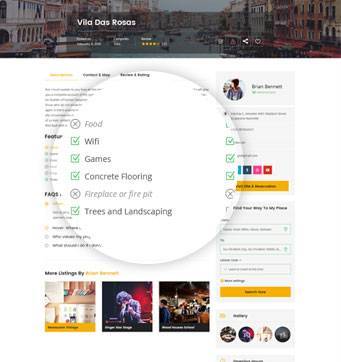The Alarming Rise of Youth Addiction in India After the Pandemic
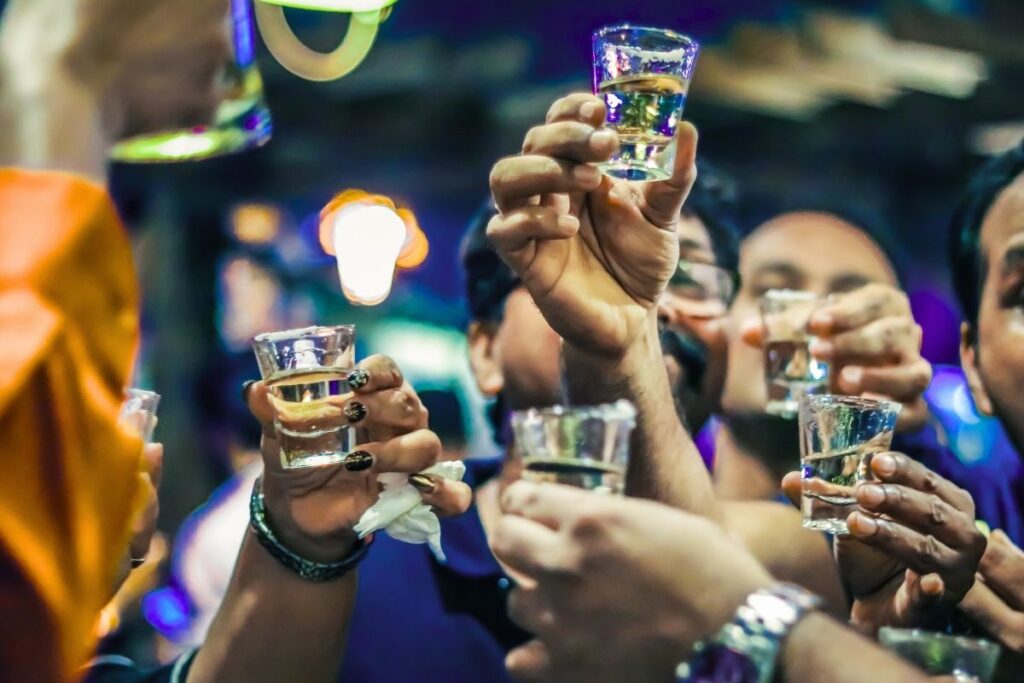
When the world went into lockdown, most of us expected things to return to normal in a few months. But for many young people in India, what followed wasn’t just a phase of isolation; it opened the door to something far more dangerous: addiction.
Today, youth addiction in India is rising faster than ever before. The numbers are troubling, yes, but what’s even more heartbreaking is how quietly it’s creeping into everyday homes, hostels, colleges, and even virtual classrooms.
It’s not just a phase. It’s a silent shift.
The end of lockdown didn’t mean life returned to normal for everyone. The post-pandemic addiction surge we’re now seeing is a response to months of anxiety, loneliness, and a complete lack of structure.
For some, it began with one drink to take the edge off. For others, it was a pill to sleep better. Before they knew it, this casual fix became a daily routine. And that routine soon turned into a dependency.
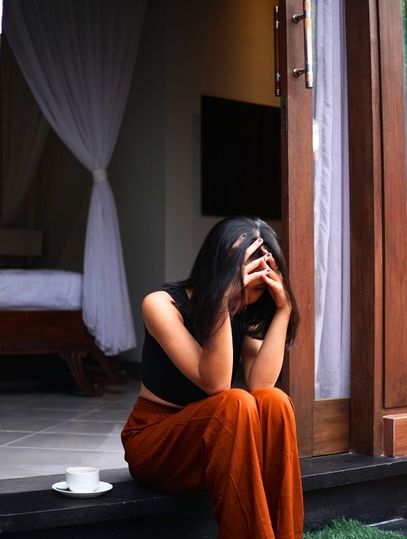
Where mental health and addiction cross paths
Let’s be honest: mental health still isn’t something most Indian families talk about over dinner. And yet, it’s often the root of why so many young people fall into addiction.
Take depression, for example. Or anxiety. Or unresolved trauma from childhood. These symptoms don’t always manifest as tears or panic attacks. Sometimes, they show up as a bottle hidden in the closet or a vape pen passed around at a party.
When mental health struggles go untreated, alcohol and drugs seem like the easiest way to cope. But instead of healing, they deepen the wound. That’s precisely how drug abuse among Indian youth becomes a cycle that’s hard to break.
And it goes both ways. Substance use changes the way the brain works. Mood swings, irritability, and memory issues aren’t just ‘side effects.’ They make the original mental health issues worse. What starts as a way to escape ends up creating a bigger prison.
What’s going on inside the brain
It’s not just emotional; a lot is happening on a chemical level as well.
Using substances gives a short-term high by flooding the brain with dopamine. But over time, the brain stops producing it naturally. That’s why people often feel empty, anxious, or restless when they’re not using it.
And if someone has a family history of mental illness or addiction? The risk becomes even higher. Genetics, stress, and lack of emotional support all come together like dry leaves waiting for a spark.
Unemployment and rising costs have also not helped. The COVID-19 impact on youth mental health has been especially harsh on students and job seekers in smaller towns, where mental health services are almost non-existent.
Addiction doesn’t always look the way you think.

Sure, we think of addiction and imagine alcohol or drugs. But it’s also scrolling endlessly through social media, gambling, binge-watching, or even compulsive shopping.
These behavioural addictions might not involve substances, but they affect the brain in similar ways, causing stress, anxiety, and a constant need for more.
And then there’s psychological addiction, where someone becomes emotionally dependent on a habit or a high. Even if they know it’s harming them, they can’t let go. That’s when it starts to affect sleep, appetite, relationships, and even performance at work or school.
How do you know when someone needs help?
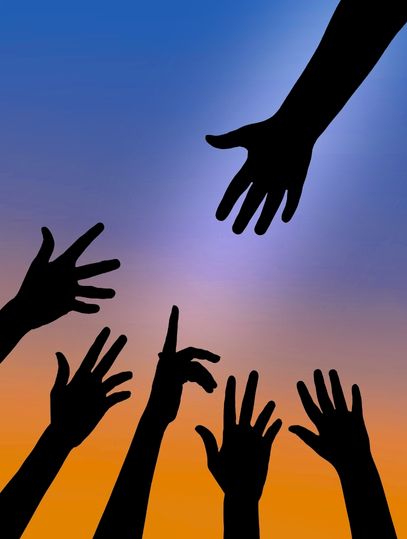
The signs are often right in front of us, but easy to miss –
- Sudden mood swings or constant irritability
- Staying up all night or sleeping all day
- Withdrawing from friends or family
- Drinking or using substances more often than usual
- Seeming distant, distracted, or “just not themselves
If you’ve noticed any of these in someone you care about or in yourself, it’s not too late to act.
Getting better means treating both together
You can’t treat a cut by only covering half of it. The same goes for addiction and mental health. They need to be addressed side-by-side.
That’s why youth addiction in India needs a more holistic approach. Programs that focus solely on detoxification miss the point. True healing happens when therapy, emotional support, and community come together.
Some places now offer dual diagnosis treatment, where both addiction and mental illness are treated at the same time. These include therapy sessions, medication (if needed), group discussions, and, most importantly, human connection.
There are also alcohol addiction and drug abuse recovery programs that focus on understanding personal triggers and teaching healthier coping strategies. It’s not just about stopping; it’s about staying clean and feeling whole again.
Why it harder in India
Unfortunately, recovery isn’t always straightforward here.
The stigma around addiction and mental illness makes it hard for people to ask for help. Some families see it as a shameful secret rather than a health issue. In rural areas, access to good therapy or rehab is nearly impossible. Even in cities, the cost of private care can be prohibitively high.
That’s why creating more awareness, especially in schools, colleges, and workplaces, is the need of the hour, because the rise in substance use after lockdown won’t fix itself.
What we can do, starting today

Prevention isn’t about significant changes. It’s about small steps taken early.
- Talk to your kids, your siblings, your friends. Ask how they’re doing.
- Don’t dismiss their struggles with phrases like “you’re just overthinking.
- Learn to spot early signs. A little curiosity or concern can save a life.
- Avoid using alcohol or drugs as a way to escape stress.
- Encourage people around you to seek therapy, just like they would for a physical illness.
You don’t have to be a doctor to care. You have to show up, listen, and support without judgment.
Ultimately, it all comes down to understanding.
When we see addiction only as a bad habit, we miss the whole story. Most of the time, it’s someone trying to numb the pain of something they can’t talk about. And unless we treat both the addiction and the pain underneath it, recovery will always be half-done.





